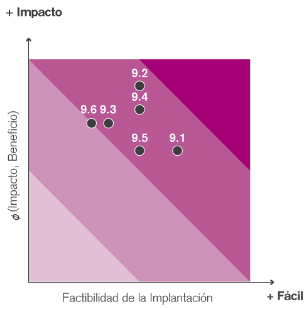9 - Networks, clusters and technology parks
9.0 - Beginning
Introduction
There is extensive scientific literature which demonstrates that companies’ levels of competitiveness improve significantly when they interact and cooperate with other bodies by networking with other entities, such as firms, universities or public administrations. Collaboration via networks, whether formal or informal, national or international, sectorial or general, is one of the key elements to successful Innovation in the various business sectors. It facilitates access to new markets and technologies, spreads risk in a more balanced way, and assists in the management of property rights generated by research. Contact and proximity play a crucial role in encouraging Innovation between the different members of a given network.
When a network operates in a given geographical area or focuses on a particular type of business, we define it as a cluster. This concept was introduced during the 1970s by Becattini, and was further developed by Porter in the 90s. When companies are interconnected at a local level and their economic activities are associated with the development and implementation of technologies, we refer to them as operating in Technology Parks.
The ultimate aim of these collaborative initiatives is to increase the competitiveness of their constituent companies, since they share mutual interests in technological innovation, brand enhancement, support for internationalisation and the provision of value added services.
Problems identified
- Little need to collaborate with other agents.
- Increasing importance of methods of collaboration and organisation in networks.
- The need to cooperate rather than trying to innovate unilaterally.
- Explosion of networking as a form of collaboration: difficulty of choosing the most suitable network.
- Clusters and Technology Parks are too focused on real estate services.
- Insufficient collaboration between SMEs, large companies and public bodies at a national and international level.
- Insufficient internationalisation and specialisation.
- Limited knowledge of the advantages offered by networks.
- Difficulties in financing the structures required for networks and clusters.




